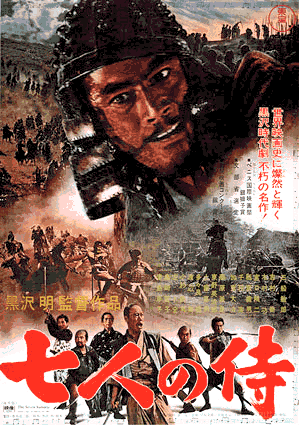☆ ☆ ☆ ☆
Public
Housing (1997) – F. Wiseman
Frederick Wiseman’s sprawling 3-hour look at the Ida
B. Wells public housing estate in Chicago gets into a rhythm all its own (due
to Wiseman’s expert editing). Basically,
we see Ozu-like moments of cars or people passing through the complex, then a
cut to a particular representative episode in the lives of the people who live
in or visit public housing. It is
interesting to speculate about how Wiseman chose these episodes and how he
ordered them within the film. For
example, we do see the many problems that residents face: crime, drugs, insect and rat infestations,
teen pregnancies, and poverty. Some of
these issues arise in passing and some are shown more directly, as when a
court-appointed diagnostician asks one resident some incredibly personal
questions about his history with drugs and alcohol. In keeping with the themes of some of
Wiseman’s other movies, the residents often seem to be subjected to some fairly
heavy-handed control by authorities, particularly the police who shake down
numerous residents, seemingly without need for much justification. However, the
control also appears more benignly in the form of some rather paternalistic
(though benevolent) programs to assist residents – to avoid unwanted
pregnancies, start their own businesses, find meaningful employment, and the
like. Although his films are rarely
directive (they are without narration or overt structure), Wiseman is even less
emphatic here than usual. He doesn’t
seem to be hitting any themes particularly hard (unlike in Welfare or High
School, for example) and the examples of paternalistic control are mixed with
episodes that reveal residents to be self-empowered, aiming to fight their own
battles (often against bureaucracy) and to improve the moral character of their
community (particularly by trying to involve positive male role models in the
lives of kids). In fact, despite the
drugs, poverty, and general down-and-out feeling of the environment, one might
think that Wiseman feels more optimistic about the future in this film. The episodes showing empowerment seem to be
placed in the second half of the film, perhaps showing them to be a possible
solution to the problems shown earlier. He closes with a motivational address
from an ex-NBA basketball player, now working for Housing and Urban Development
who is trying to empower the residents to work through the system by appealing
to the ways in which minority people have succeeded (including to high levels
in the Clinton administration). Although
it could be assumed that these inspiring words might go nowhere when people are
mired in the day-to-day issues of tough lives, I’m not quite sure Wiseman sees
it that way. He never really shows anyone doing bad things (which could, I
guess, be unethical) but only people trying to cope with their problematic
reality. In any event, Wiseman portrays the subject of public housing in a
nuanced and complex way – showing him to be one of the best humanistic
documentarians we have.
No trailer. Follow this link for more information:
http://www.zipporah.com/films/7




























